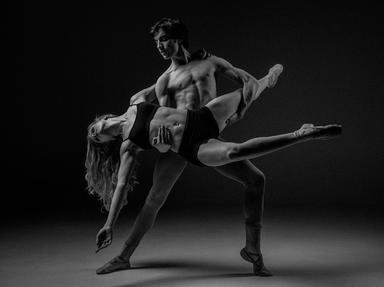Quiz Answer Key and Fun Facts
1. Which bone in the body has the following features and characteristics: linea aspera, intercondylar notch and an anterior bow to its shaft?
2. What is the name given to the group of muscles found on the anterior aspect of the thigh?
3. The strong tendon which is located on the posterior aspect of the heel is called the calcaneal tendon.
4. The muscles of the lower leg are divided into three compartments: anterior, lateral and posterior. Each compartment is innervated by a different nerve. The nerve which supplies the anterior compartment is called the tibial nerve.
5. The bony protuberance on the proximal and lateral aspect of the femur is known as the greater trochanter. What is the smaller protuberance diagonally across from the greater trochanter on the medial aspect of the femur called?
6. What is the collective name for the ankle bones?
7. Can you name the semicircular piece of fibrocartilage which is present in the lateral aspect of the knee joint?
8. Biceps femoris belongs to a group of muscles called the calf muscles.
9. What is the name of the longest muscle in the body?
10. How many phalanges are there in each foot?
Source: Author
donnyshona
This quiz was reviewed by FunTrivia editor
crisw before going online.
Any errors found in FunTrivia content are routinely corrected through our feedback system.

